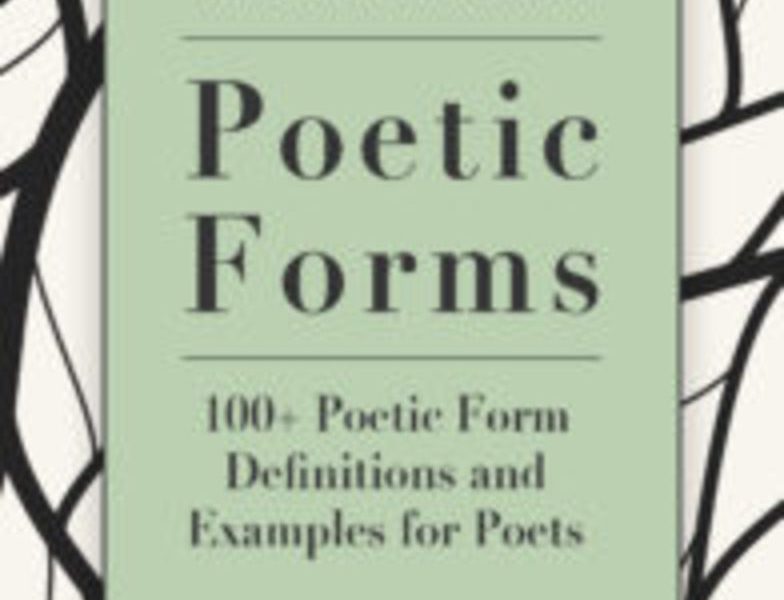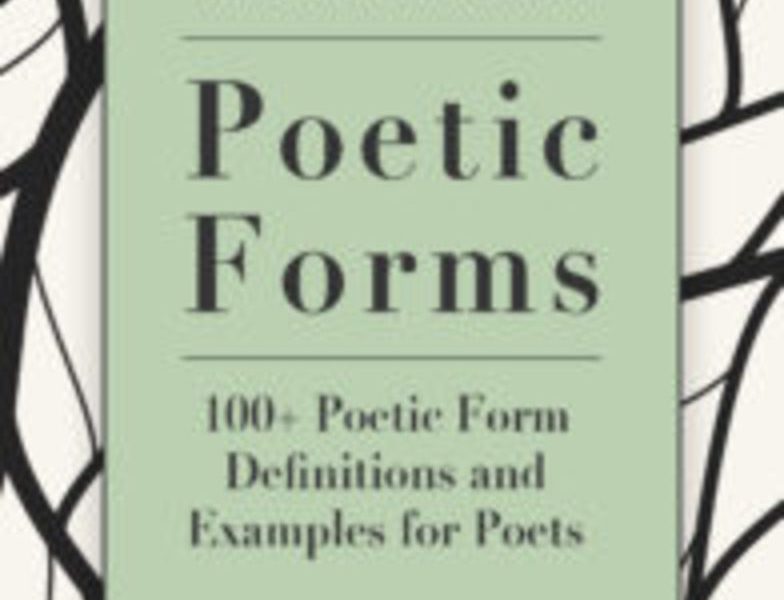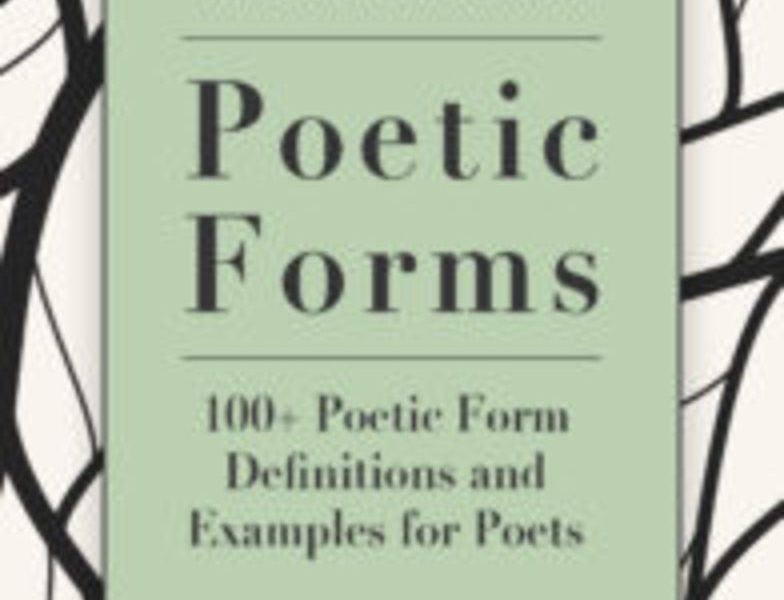New/Invented Poetic Forms / 5 posts found
Wordy 30: Poetic Games
I’m going to be honest; I’m between poetic forms at the moment, and I’m getting ready for this year’s April Poem-A-Day Challenge. But I want to try playing a little poetic game this week. You see, I’ve been playing Wordle the past couple months, trying to guess a five-letter word in 6 guesses (or 30 letters). So I thought it might be fun to try writing a poem in 30 letters. Here’s how it would work: Write a poem using exactly 30 letters Each line should have the same number of letters Each line should use one word As such, […]
Hainka (Haiku and Tanka): A New Genre of Poetic Form
I feel poetry is a way of planting or rejuvenating new trees from the aesthetic old seeds, thus the poetic endeavor of experimentation and newness. I had coined the idea, precisely on the day 21st March 2016, of the fusion version of ‘haiku and tanka.’ Later the linking and repetition of the ‘fragment’ of the haiku as the ‘pivot line’ (kakekatoba) of the following tanka and its literary relevance have been conceived in the evolvement of this new genre, hainka. The new form of poetry was well appreciated by Hedonori Hiruta, Jim Kacian, Garry Eaton, Ion storr, Mohammad Helmi Al-Rishah, […]
Constanza: Poetic Forms
This week’s poetic form is the constanza. It’s a fun form comprised of at least five tercets (or three-line stanzas) that was invented by Connie Marcum Wong. Here are the guidelines: Five (or more) tercets Eight syllables per line First line of each tercet can be read as its own poem First lines of each tercet all share the same A rhyme Second and third line of each tercet share a rhyme and add a deeper meaning to the entire poem If your constanza is comprised of five tercets, this would be the rhyme pattern: abb/acc/add/aee/aff ***** Play with poetic […]
Tilus: Poetic Forms
This week’s poetic form is concise: 10 syllables in three lines. The tilus (pronounced “tee-loo-hz”) was invented by Kelvin S. Mangundayao. Here are the guidelines: Two stanzas First stanza two lines; second stanza one line Six syllables in first line, three syllables in second line, and one syllable for final line So 10 syllables total Poem should be focused on nature opening up the world for subject I found an explanation from Kelvin on the nature component on the dVerse site: “The main focus of Tilus is on the world of Nature, and how it can open a new door […]
Lannet: Poetic Forms
From what I can gather online, this week’s form was created by Laura Lamarca. It’s sort of like a sonnet, but also sort of not like a sonnet. Here are the guidelines: 14 lines 10 syllables per line No end rhymes (only internal rhymes) There are no rules for meter or subject matter. ***** Play with poetic forms! Poetic forms are fun poetic games, and this digital guide collects more than 100 poetic forms, including more established poetic forms (like sestinas and sonnets) and newer invented forms (like golden shovels and fibs). Click to continue. ***** Here’s my attempt at […]





